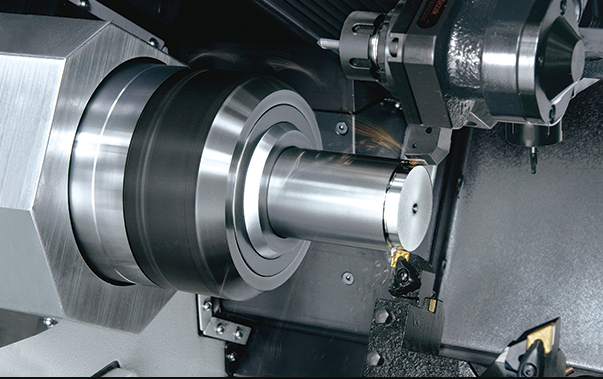Error de formato de correo electrónico
emailCannotEmpty
emailDoesExist
pwdLetterLimtTip
inconsistentPwd
pwdLetterLimtTip
inconsistentPwd

Noticias
Welding Cast Iron: Tips to Avoid Cracking
Welding cast iron is known to be notoriously difficult. Does this hold true for all types of cast iron? And what about it makes it so difficult to weld?
In this article, we explore the unique crystallography and welding of ductile and gray cast iron, detailing the techniques you can use to get the job done right. For the purposes of this conversation, white cast iron is being omitted, since it is unweldable.

Ductility of cast iron
The difficulties with welding cast iron stem from one major issue – it’s extremely brittle.
Cast iron has more carbon content than steel; a higher concentration of carbon content reduces ductility in metals. To be considered cast iron, the metal needs to contain between 2 to 4 percent carbon.
Now compare that to a popular mild steel 1018 steel, which has about 0.14 to 0.2 percent carbon content – that’s 20 times less than cast iron!
Why does this carbon content matter?
When an area of cast iron is heated, the carbon from surrounding areas migrates to the heated area. This further increases the carbon content and the brittleness of the area. The higher the carbon content, the more likely that the cast iron forms martensite as it cools, one of the hardest and most brittle allotropes of iron.
Heating and cooling
Brittleness only comes into play when there are stresses on the material.
When cast iron is heated and cooled quickly and unevenly, it tends to shatter, unlike low carbon steels which simply deform and stretch the stresses away. The resulting martensite creates a strained body centered tetragonal crystal form which contains many crystal dislocations, a source of both strength and brittleness.
As the heated cast iron cools, it shrinks. While it has a similar coefficient of thermal expansion to that of steels, because of its low ductility, the crystal structure doesn’t reorganize itself to smooth out the stresses. Instead, it tends to break and snap at the point(s) where there is great stress. This typically happens along the weld joints.
Is Cast Iron Stronger Than Aluminum?
Cast iron and cast aluminum look and feel the same, but cast aluminum is lighter and stronger. Due to the heavier mass of iron, it holds heat longer, but it takes a bit longer to get hot. Cast iron has a longer lifespan and is more expensive.
Tips for welding cast iron
- Clean the cast iron before welding. Remove any impurities on the surface of the metal, paying close attention to the welding area.
- Preheat the workpiece. By heating and cooling your workpiece evenly, it is less likely to gain stresses and crack.
- Avoid long localized exposures to high heat. Move the workpiece around and make small welds at a time.
- Cool your workpiece slowly, in an oven. Cooling it in the air will reduce the temperature of the outside surface faster than the inside, introducing strain on the workpiece.
Conclusion
For more information about cast iron metal,cast iron foundry,grater cast iron, we are glad to answer for you.

